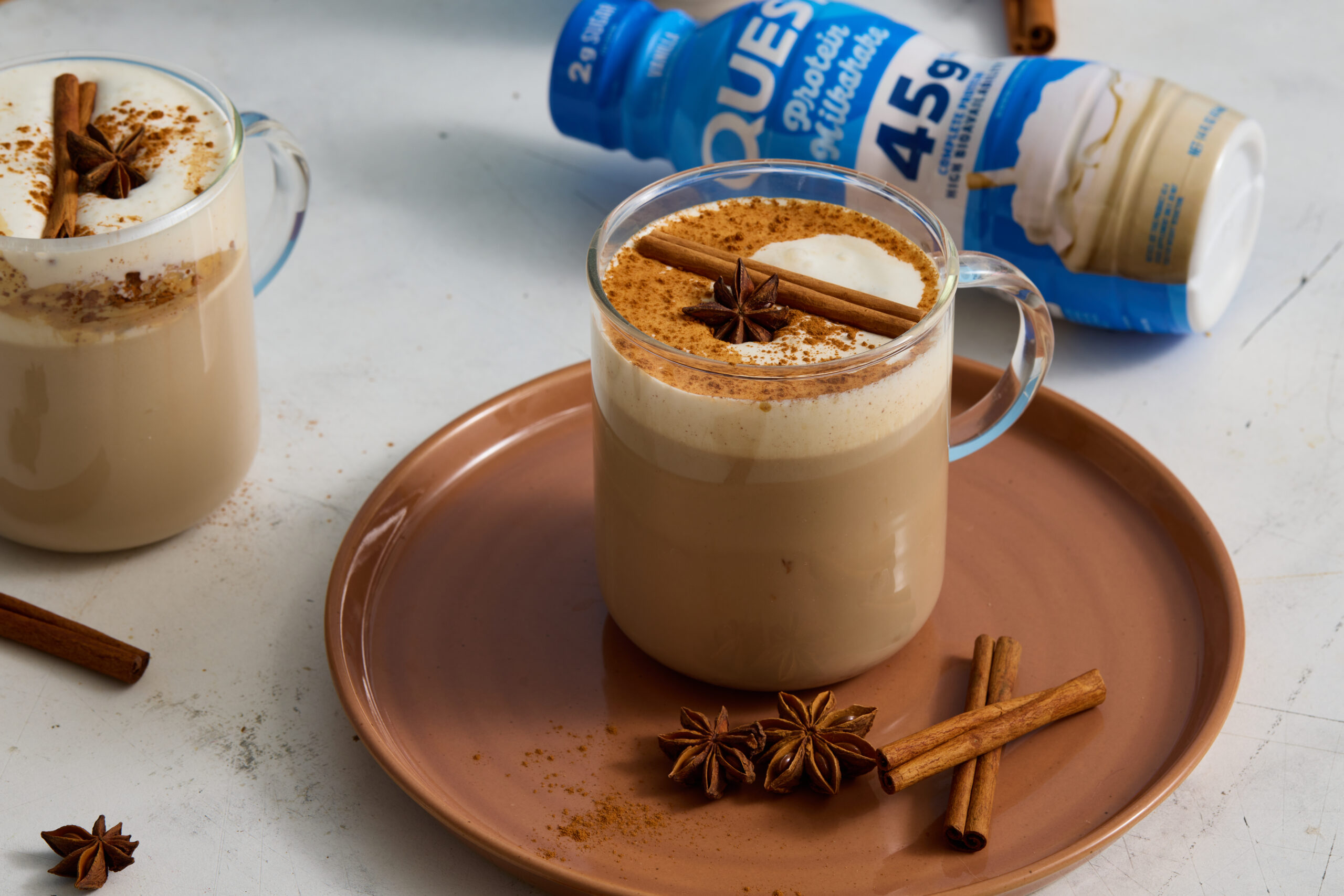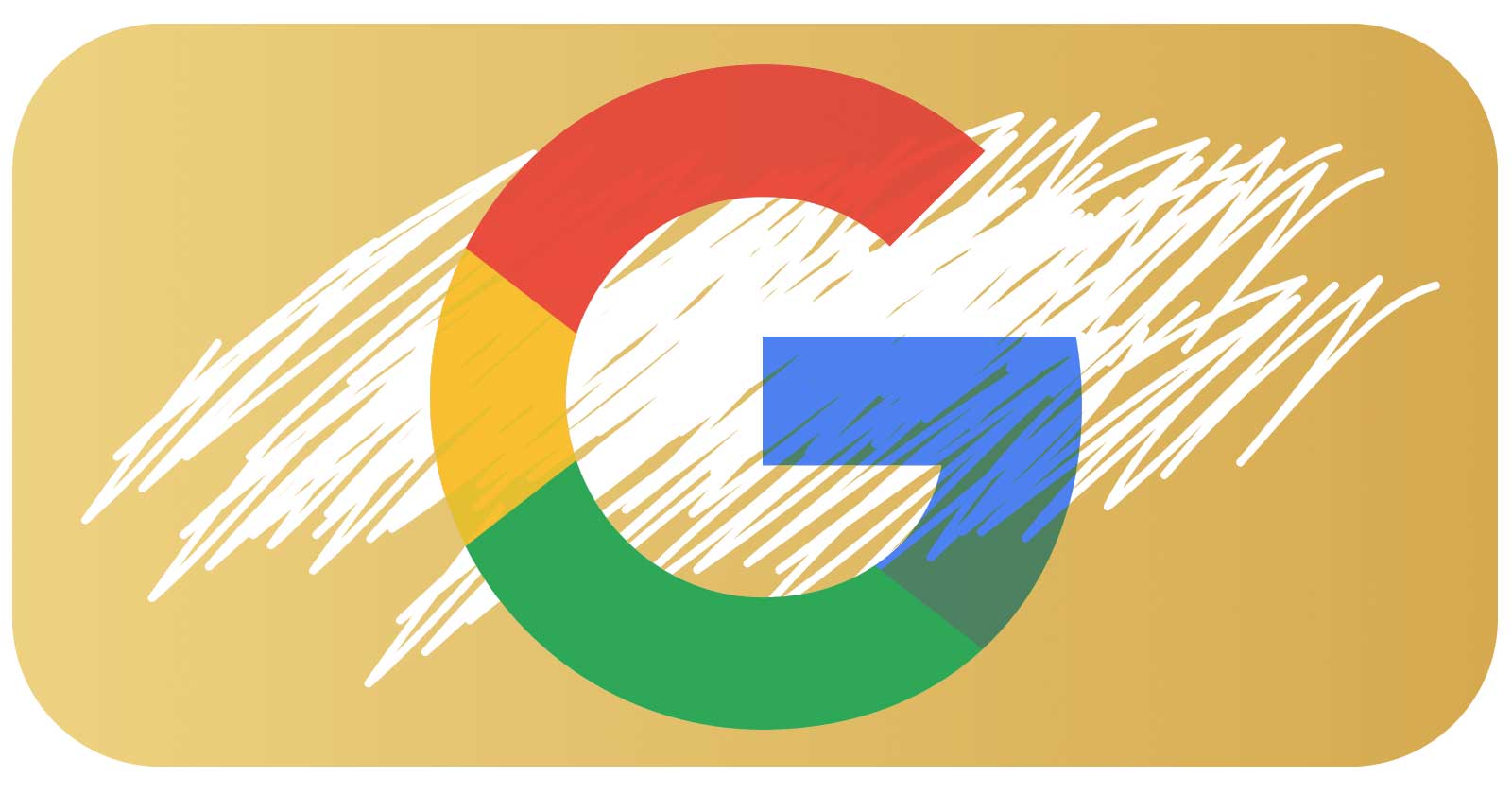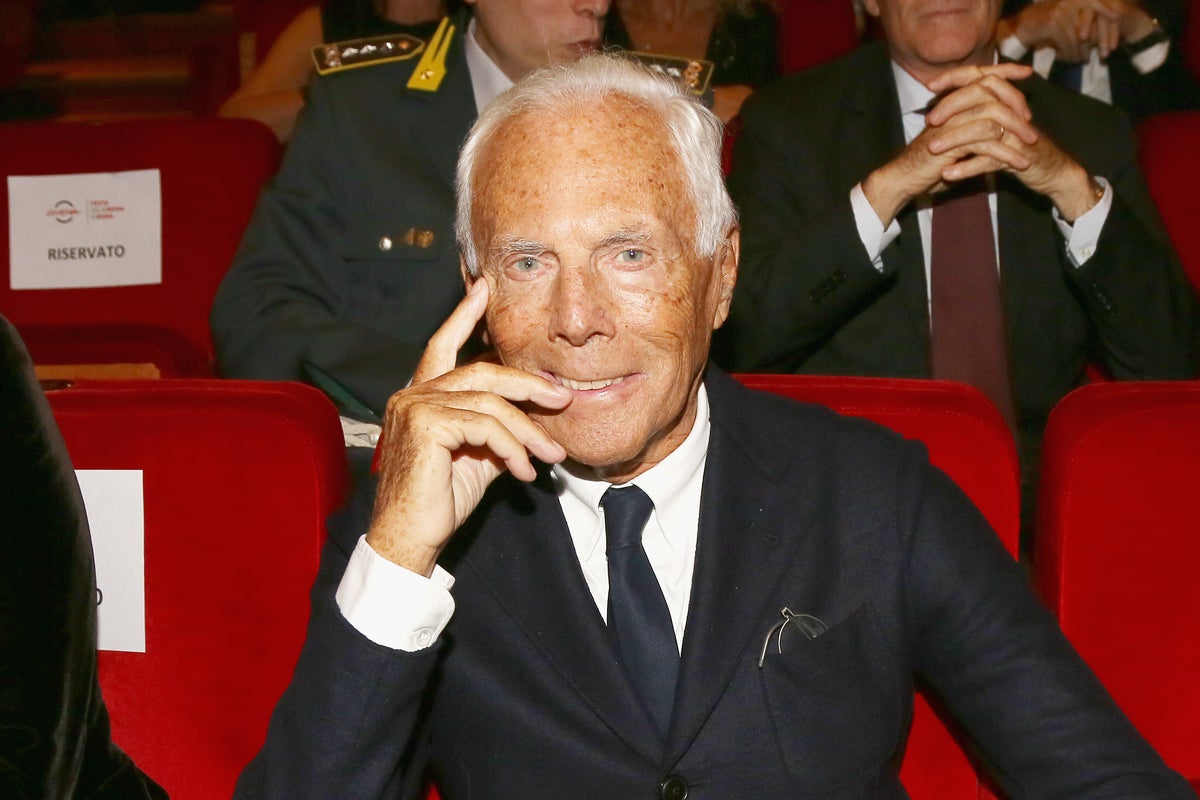#TikTokMadeMeBuyIt trend put to the test by influencer marketing platform promoting fake products
Pearpop turned to creators to demonstrate their ability to generate buzz around products, real or fake.

Influencer marketing platform Pearpop believes any product can go viral on TikTok—even one that doesn’t exist.
Pearpop’s campaign launching today uses its community of nearly 225,000 creators to promote 20 entirely fake products—including green lipstick, a pear-shaped speaker and a “Pearpop Deluxe” fast food meal—through tongue-in-cheek recommendations on social media.
Pearpop is playing off the massive growth of the #TikTokMadeMeBuyIt, which recently crossed 50 billion views, and the power influencers wield in the social commerce space. Their product recommendations have the ability to generate buzz around a brand or specific product and directly impact sales.
Also read: Inside TikTok's de-influencing trend
As part of Pearpop’s campaign, anyone who attempts to view more information about one of the phony products or potentially buy it for themselves will be taken to the campaign’s landing page, which reads “Fake Products. Real Results,” underscoring influencers’ ability to direct consumers to a brand’s website or online store.
Throughout the day, hundreds of creators will upload content across platforms such as TikTok, Instagram and Twitch, talking about and reviewing the collection of fake items, said Alex Morrison, chief marketing officer at Pearpop. For example, creator Eva Cudmore will feature a Pearpop energy drink in one of her livestreams on Twitch. But the goal of their content isn’t purely to convince people that the products are real—rather, the participating influencers are encouraged to focus on Pearpop itself and treat the fake items as gifted products from “a brand they already love: Pearpop,” he said.
“Pearpop Drops is the ultimate stress test, is the way I look at it,” Morrison said. “If we can make a brand that literally did not exist yesterday and is still fake today famous and talked about in pop culture through the power of our creator community, then certainly we can do it for any brand, right?”
The two-year-old influencer marketing platform acts as a “two-sided marketplace,” Morrison added, allowing creators to access paid opportunities to collaborate with brands on social media content and essentially providing brands scaled and “on-demand influence” when creators choose to submit social media content to them through Pearpop.
Also read: 5 TikTok trends for brands to follow
Though over 200 brands—including Netflix, Chipotle and Amazon—have already run campaigns on the platform, Pearpop has prioritized courting creators rather than brands over the past two years. Over the past year, the platform has more than doubled its creator community from 100,000 to almost 225,000, Morrison said. But “Pearpop Drops” is the platform’s “first significant marketing efforts as a brand” and reflects a new focus on setting itself apart from other influencer marketing platforms in the eyes of brands, Morrison said.
Pearpop partnered with agency DDB Chicago to develop the campaign’s core concept of influencers peddling imaginary products and to design the 20-product lineup. Though 15 of these products will simply exist as digital images, Pearpop and DDB collaborated to create physical versions of the five products that represent key product categories in influencer marketing: beauty, food and beverage, technology, consumer packaged goods and music.
Pearpop tapped one-to-two creators across each of these five categories to kick off the campaign with these physical versions of the products, which include a makeup collection, fast food meal, Bluetooth speaker, energy drink and a song produced by a Los Angeles-based artist. Each product is labeled with clever, self-referential descriptions—for example, the fast food bag containing a hamburger meal reads, “Fame-grilled to perfection, now with 30% more influential impressions,” while the Pearpop energy drink is emblazoned with the tagline, “Made with the sweet taste of fame and influence.”
“Brands pay attention to what happens in the market. If there’s a new beer that’s dropping, other beer brands will know about it,” said Rodrigo Jatene, chief creative officer at DDB Chicago. “By launching these new, fake products, you call the attention of brands and marketers across all of these verticals. But at the same time, many of these verticals are also important for the influencer community. So we thought, ‘What if we could create this matrix of things that matter to the market and for agencies and clients, but also for creators?’”
Along with social media content from Pearpop creators, people who attempt to search for the fake products on Google will come across ads that direct them to the campaign landing page. The campaign will also extend offline in the coming weeks with in-person opportunities for people to try the five fake products turned into physical items for themselves, Morrison said.
“Between the influencers, the paid components, and the PR we’re doing around the campaign, we really want this to feel like something that everyone’s kind of bumping into at least once,” he said. “It’s one thing to see one creator post about a product, but if you see it in your feed twice or three times, it starts to feel like people are really talking about this thing. And that really emulates what we do for brands that use our platform.”

 MikeTyes
MikeTyes 


















.jpg&h=630&w=1200&q=100&v=6e07dc5773&c=1)




.jpg&h=630&w=1200&q=100&v=6e07dc5773&c=1)








